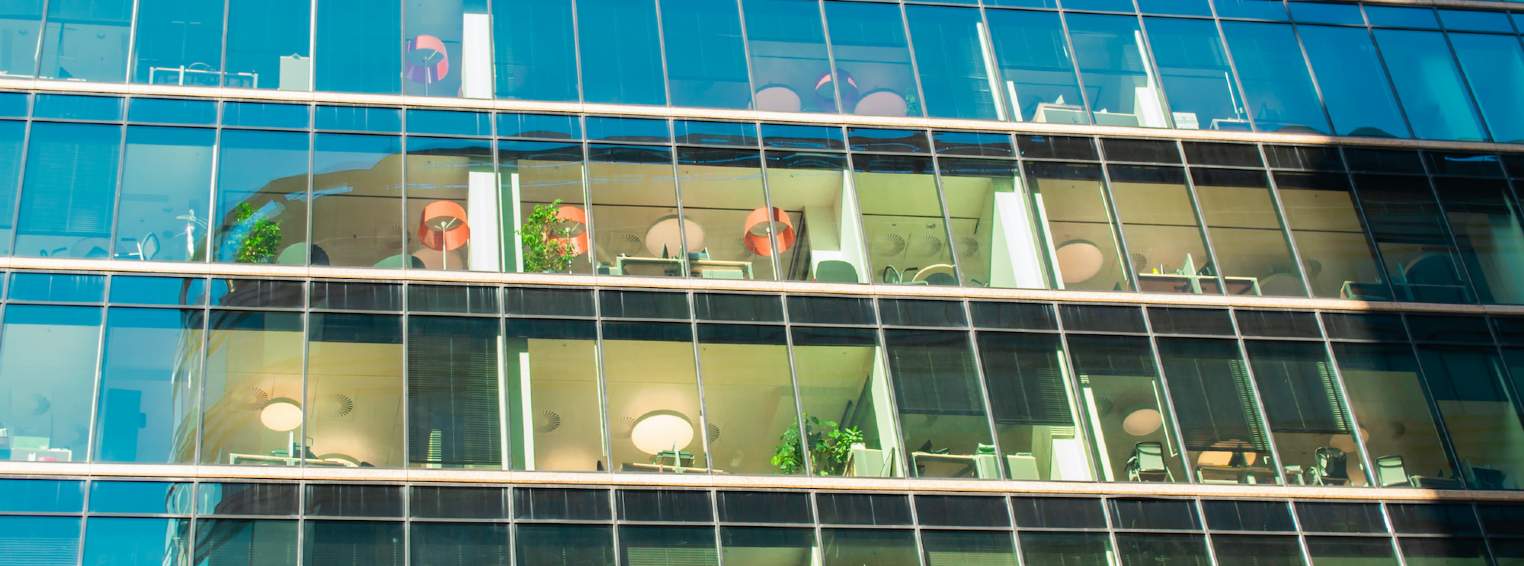For office landlords, one of the long-standing questions around environmental sustainability is whether tenants are prepared to pay more in return for occupying best-in-class buildings. The quantitative evidence around a ‘green premium’ is patchy, although anecdotal signs and initial research broadly indicates that most are prepared to accept higher rents for top performing buildings to a degree.
Occupiers are ever more aware of the role that real estate can play in reducing their emissions. Many have adopted carbon zero strategies and targets, which is just as well as out of the two thirds of the top 100 companies globally by revenue who report carbon footprints, average emissions sit at more than 27 million MtC02e – the equivalent to the carbon sequestered by planting and growing 454 million tree seedlings for 10 years.
While emissions vary by company depending on sector and whether they are service- or product-led, for many combatting those generated by the real estate they use will make a significant contribution to their efforts.
Many have also begun to take note of the evidence that green buildings improve employee satisfaction and wellbeing, with absenteeism levels down and employees reporting feeling more productive and healthier. For these reasons, even if companies haven’t yet taken steps yet to ensure they occupy the best green buildings, it’s only a matter of time.
The conversations occupiers also have around the subject with landlords are also evolving: checking certifications such as BREEAM (Building Research Establishment Environmental Assessment Method) ratings are part of the dialogue, but occupiers need to ensure that they share in the benefits from the lower energy and operational costs from buildings.
This necessitates discussion and agreement with landlords to arrive at ‘green leases’ to set out expectations for environmental targets, formalise ambitions for reducing emissions, and to regularly collect and share data in support of reaching their goals.
Currently, there’s no internationally standardised method of classifying leases as green – it's for the landlord and occupier to arrive at an agreement that supports both their aims, shares the effort and ensures that all benefit – but more formal regulation in this area may be coming.
The United Nations Principle for Responsible Investment’s (PRI) Investible Policy Response Project anticipates that governments will significantly step up their policy responses to tackling climate change from 2025 onwards, noting that compulsory green leases could be highly effective in helping to reach sustainability goals.


(1).jpg)

.jpg)



.jpg)

